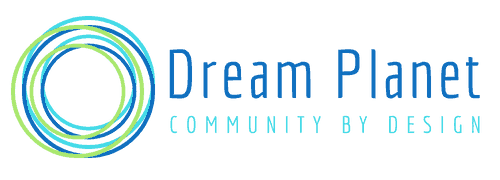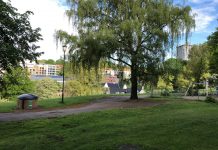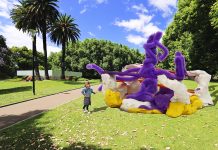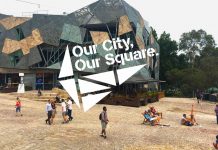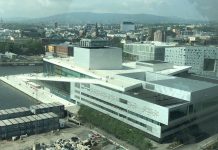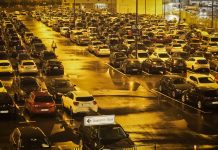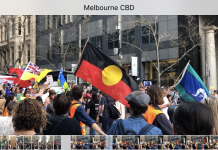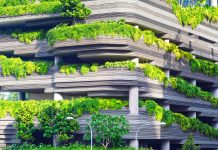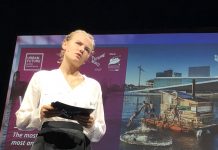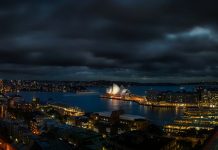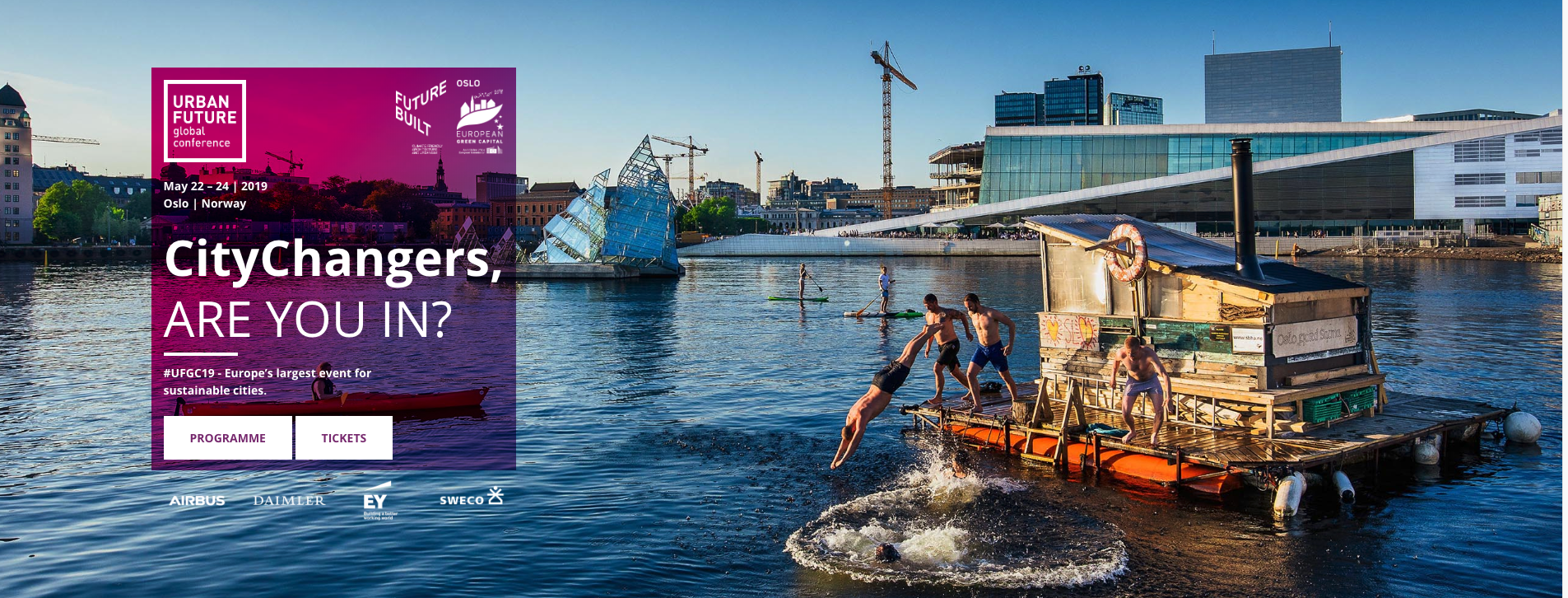Embracing a sustainable way of living may be key to achieving smart cities.
Dr Simone Zarpelon Leao, Associate Dean of Built Environment at UNSW, Lisa McLean, CEO of Open Cities Alliance and Davina Jackson, author of Data Cities: How satellites are transforming architecture and design will be on a panel of experts discussing the barriers to smart cities and how they will operate as part of this year’s DesignBUILD expo.
The largest design and construction expo in Australia, DesignBUILD 2019, held in May in Sydney, is diving into trends of the current built environment with the influence of technology one topic to be explored in the speaker series program.
Supporting a city’s self-sufficiency and biodiversity through renewable energy and water recycling is vital in creating an adaptable urban environment, according to McLean.
“Local recycled water, waste and renewable energy systems, shared mobility and data networks support a cities self-sufficiency and biodiversity,” McLean says.
“Our existing centralised water, energy, telco, mobility and waste systems promote a throw away, flush and forget society that does not value the reuse of resources. These linear centralised infrastructure solutions have reached the end of their life and need replacing.
“Driving a circular economy will help open our markets and ensure the economy continues to grow, without jeopardising our natural resources.
“Sydney and Melbourne are good examples of how cities can become self-sufficient. Their plan to decarbonise their economies and make urban communities more liveable reflects the work of other smart cities such as Amsterdam,” she adds.
“Next-gen infrastructure is critical to supporting the development of smart cities. The precinct scale and sustainability of Next-Gen infrastructure will allow people and businesses more control and put downward pressure on utility and transport bills. It will underpin the cities of the future,” McLean says.
Technology infrastructure and data collection, as Jackson adds, are also key in advancing a smart city.
“Almost all cities are on track to become smarter cities. Developing automated design systems and regulating urban environments through online data monitoring and modelling tools will help cities to become smarter. In doing so, we will be able to understand the complex interactions that take place between the structure and movement of data and the natural environment.
“In Australia, DigitalGlobe and Pitney Bowes are advancing data research, through using the latest satellite and image technology to map out the built environment.
“For the architecture and design industry, this will require accelerating combinations of software programs used for modelling buildings, cities and natural environments,” Jackson says.
For more information and to book tickets, please visithttps://designbuildexpo.com.au/speaker-series/
‘Collectivity Talks: Are our cities smart enough? Exploring the connection between technology, sustainability and building resilience’
Wednesday 15 May
DesignBUILD, ICC Sydney
